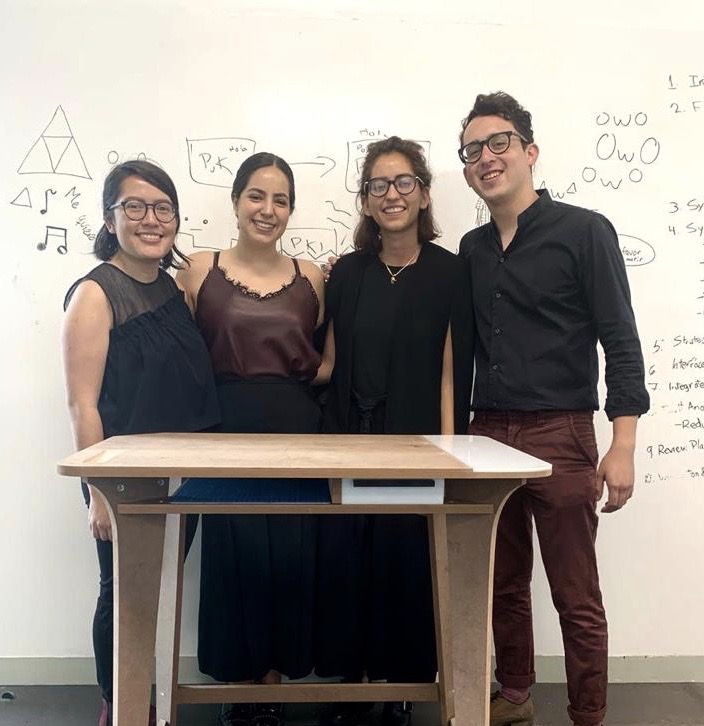What it does
Its primary function is to dose low-flow oxygen to patients inside and out of hospitals, replacing other oxygen delivery devices that are mostly non-ergonomic and usually result in injuries to the user.
Your inspiration
Imagine relying on a device for oxygen supply that also limits your mobility because of the need to be connected to it. Now imagine the pain and discomfort caused by being in contact with plastic materials that hurt up to the point of causing burns. For millions of people, the dependance on a device that provides them with oxygen on a daily basis is a reality. However, it is difficult for the patient to habituate to said devices since the current market lacks ergonomic equipment. Nowadays, the prioritization of function over user comfort in oxygen therapy devices results in deficient designs.
How it works
POD is ready to be installed, just adjust the presses to the back of the mattress and secure the device to the hooks, then place it over the user. This system ensures that the device is perfectly fixed, providing user safety. Once in place, oxygen therapy starts inside the capsule. For the oxygen supply, POD has an integrated network of hoses contained in-between two perforated fabrics that allows the oxygen to flow and reach the patient. These are located in front of the lower part of the user's face. Based on the principle of attractors, the perforations in the fabric vary in size depending on their distance from the main area which is located at the user's nose and mouth, the greater the distance, the smaller the size.
Design process
POD is born out of a need in the medical field, the discomfort and lack of practicability in existing oxygen therapy devices. The process began with the redesign of nasal cannulas and masks, however, after conducting interviews, we established that comfort and design were the main priority. So we opted for a design that has the least contact with the user, a capsule that allowed as much freedom as possible. We considered different mechanisms for the opening and holding of the device, among them; the use of rails, a folding system or removable parts. Finally we chose a folding system based on the functionality and technology of tents. We evaluated the different types of materials, their characteristics and applications and we chose components used in the aeronautical industry which provided us with different advantages such as lightness, heat resistance and elasticity. Another challenge was the shape, which we had to adapt to the human body and its movements, making the user feel free without losing any function or aesthetics. The last thing to determine was the uniform dosage of the oxygen without having any contact with the face, we opted for a technology based on attractors and an internal network of hoses.
How it is different
The product differentiates itself from its competitors because of the perfect fusion of new technologies and a disruptive design. The added value of the device lies in the oxygen delivery system that becomes possible by a hose network that ends in a dispenser placed in front of the user's face. This provides oxygen in the necessary quantity and direction and maintains a constant flow. Another innovation presented is that, compared to the other systems on the market, POD does not cause any skin lesions since it does not have contact with the skin. In addition, the shape and materials provide a feeling of lightness and freedom for the user.
Future plans
Our future plan is to improve the capsule through different iterations and prototypes and to add new technologies; such as oxygen targeting through sensors that capture the user movements. At the same time, we will explore new fabrics that provide additional features such as noise cancellation and electrical or thermal conductivity. Finally, we will seek to make other models based on the same technology and design that will be more portable and will facilitate the performance of daily activities for users.



Share this page on